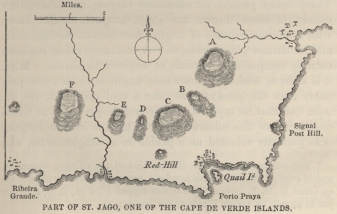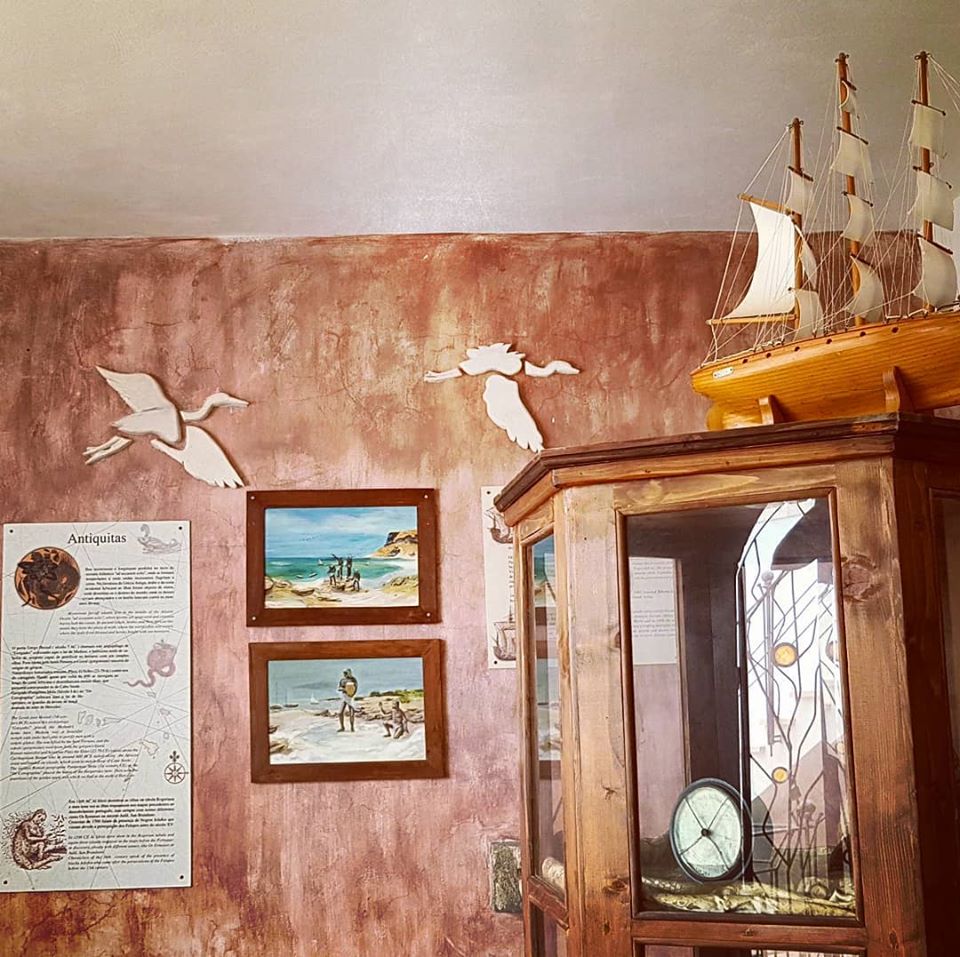According to official sources, Cape Verde was discovered in 1460 by Italian and Portuguese navigators. When these first explorers arrived at the islands, they were uninhabited, which was favourable for their occupation and settlement as from 1462. In that same period, they founded the city of Ribeira Grande on the island of Santiago (now Cidade Velha). For the construction, native slaves were brought from the West African coast. Hence, Cape Verde started to function as a commercial and strategic warehouse, particularly in the slave traffic between the Americas, Europe and Africa. Soon, the archipelago became a centre of concentration and dispersion of men, plants and animals.
Later, other explorers also landed in Cape Verde, like Charles Darwin, a naturalist scientist who arrived in the islands in 1832. He carried out some studies on his evolutionary theories, using as reference, certain types of plants and animals found only in climatic conditions similar to that of Cape Verde. To go deeper, visit his story on the website Darwin Online.
Sir Francis Drake, English corsair, plundered the city of Ribeira Grande de Santiago 3 times between 1576 and 1586. Until 1747, the islands remained under Portuguese rule and prospered until the arrival of the most severe droughts and, consequently, the famine. Overexploitation of livestock and fierce deforestation did nothing but make things worse, preventing the low residual moisture in the soil from fertilizing the fields.
Famine and drought have occurred several times in the archipelago between 1580 and 1950, resulting in the death of hundreds of thousands of people, the two worst of which occurred between 1941-43 and 1947-48, thus decimating more than 45,000 lives. At the time of the incident, Portugal did not send any aid. The local economy was based mainly on the slave trade, which suffered a more pronounced decline in the late 19th century, leading the country to move to a different and more modern economic activity, based on agriculture and fishing.



